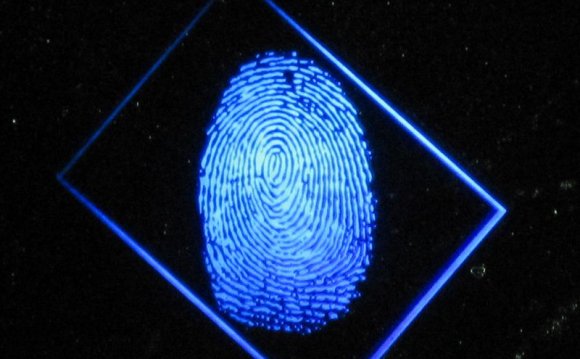
Holography is a practical approach to fabricating optical sensor s for applications in the detection of chemical analytes and physical changes. Holographic sensor s incorporate diffraction gratings within functionalized polymers or natural organic polymer matrices, that allow indirect optical measurements of physical and chemical stimuli. The advantages of holographic sensor s over other optical sensor s are the ability to produce three-dimensional (3D) images and amenability to mass manufacturing at low-cost. The aim of this chapter is to (1) describe the principle of operation of holographic sensor s (2) describe the holographic recording techniques used for their fabrication (3) discuss approaches to preparing recording media and overview strategies of their functionalization in order to obtain stimuli responsive devices, and (4) highlight emerging applications in environmental sensing and point-of-care diagnostics. Particular emphasis is put on the photonic materials used for holographic sensor s recording and the different approaches used for their functionalization with the view of how this can be used to improve sensor s sensitivity, selectivity and response time. The main challenges in holographic sensor s research and possible solutions to these challenges are outlined.
RELATED VIDEO











